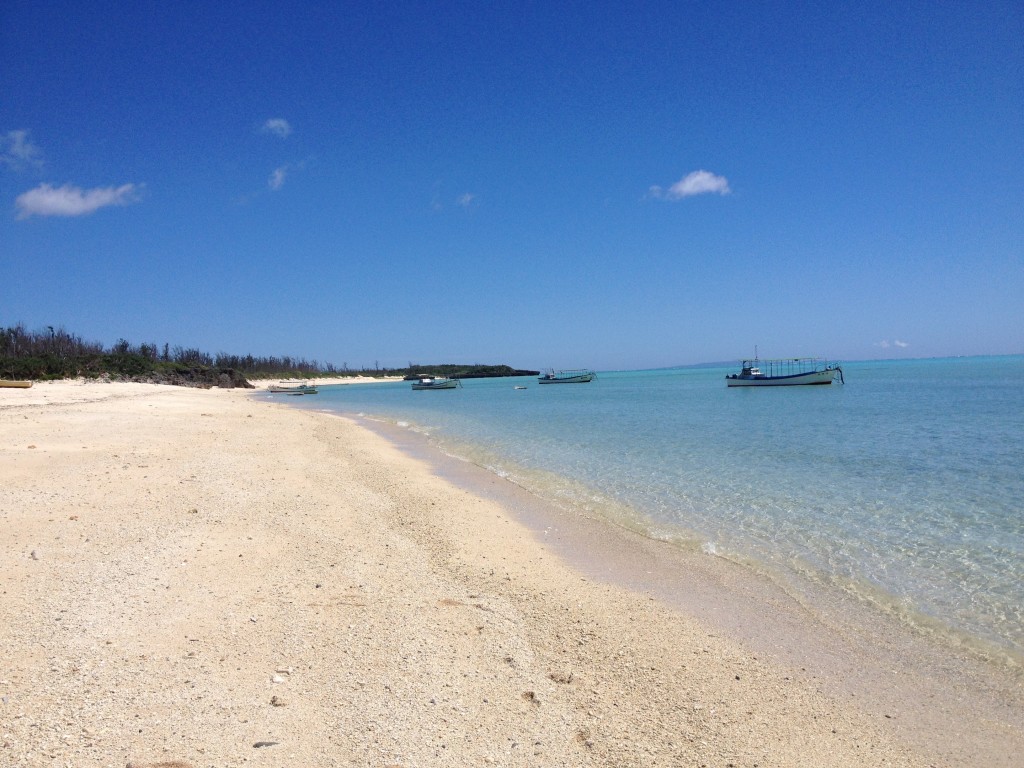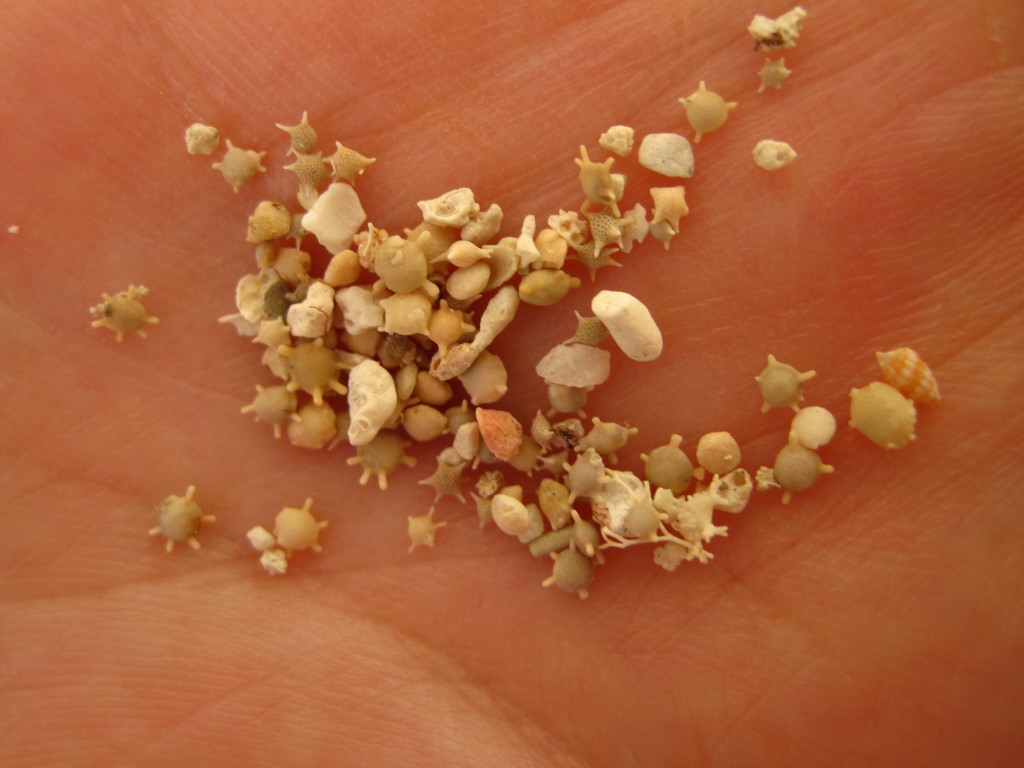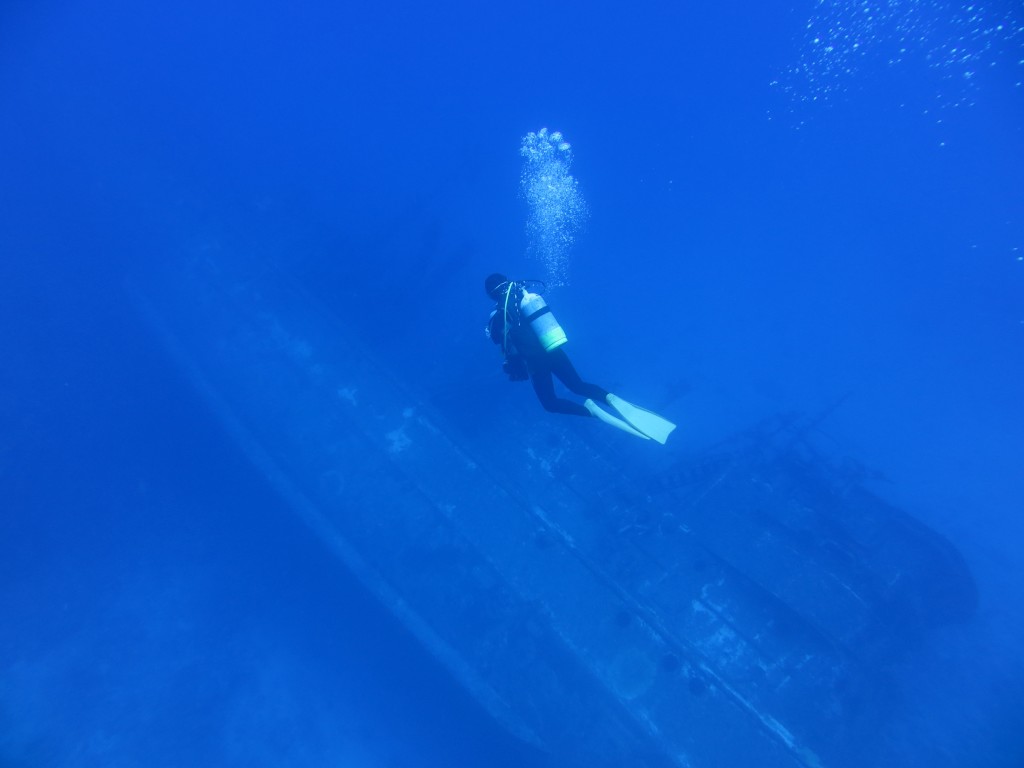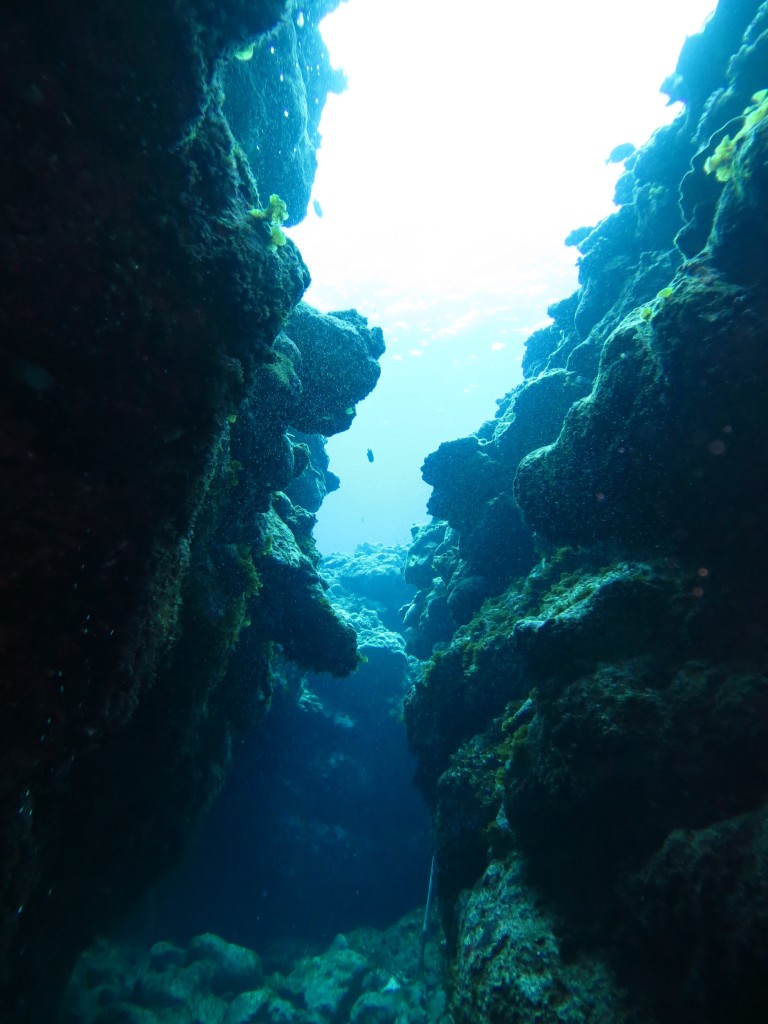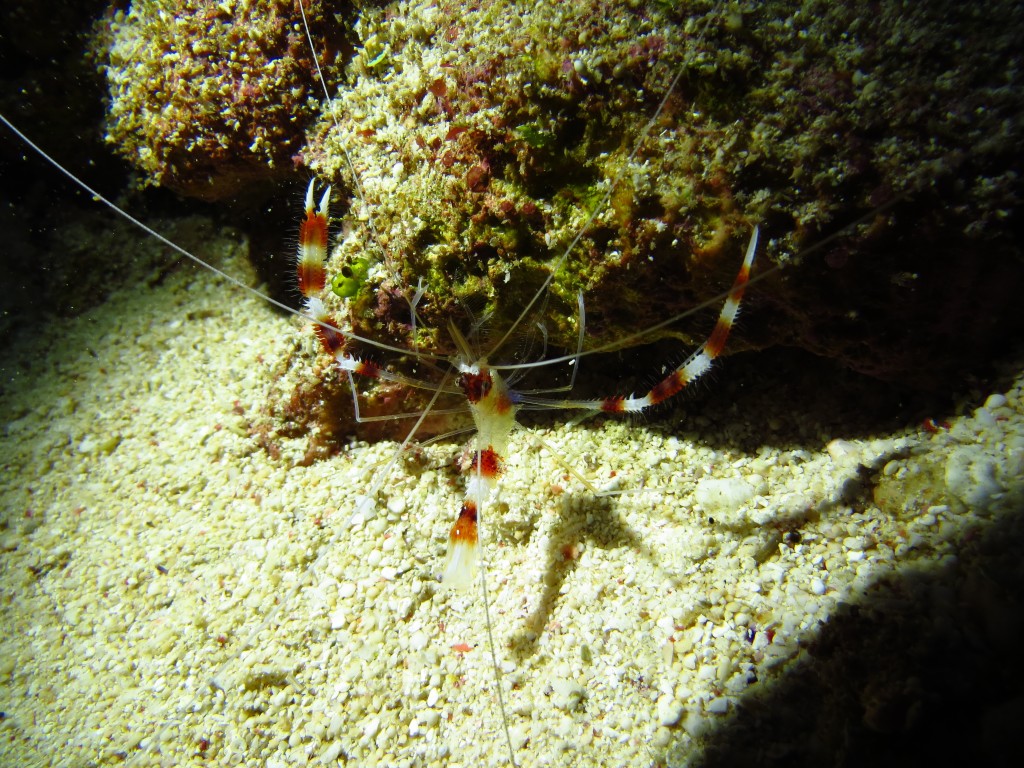With a circumference of only eight square miles, Yoronjima is a quaint subtropical island in Japan’s Amami region north of Okinawa, surrounded by cobalt-colored sea and fringing reefs. Once described as the “pearl of the East China Sea,” it seems to have retained its natural beauty and charm over the years. Home to traditional villages, sugarcane farms and glorious beaches, on a clear day visitors can spot the island instantly as their plane comes in to land.
Before you even think about going diving, however, it’s worth stopping off at the so-called stardust beach, Yurigahama, famous for the tiny pieces of coral that wash up from the reef as star-shaped wonders. Although some say the sand is actually dead plankton that has dried into the shape of a star, if you fancy taking the time to look for the special shapes, or are simply bored of sunbathing or swimming, this is the place to go.
Where to Dive
Yoronjima’s seas are almost always a tropical turquoise. The reefs are home to large schools of fish pulsing over the hard and soft coral. White tuna and bluefin trevally are known to amass in huge numbers when the current is relatively strong, and the underwater topography offers divers a mesmerizing marine-life panorama. At 111 to 114 feet (34 to 35m) lies the wreck of the Chinsen Amami, said to have sunk around May 1993. For those who don’t want to dive that deep, the site is just as spectacular from 65 to 80 feet (20 to 25m) thanks to excellent visibility, while the shallower depths feature a range of corals and other marine life. Schools of longfin batfish are among the subjects found mere fin kicks away, while pink square fairy basslets, bluestripe snappers and triggerfish patrol some of the rocky passages.
Other sites off Yoronjima offer unique topography, rich with limestone substrate pockmarked by some interesting arches, swim-throughs and narrow passageways. One site, The Double Crevasse, offers a macro kingdom — a wonderland filled with tiny curiosities such as small shrimp, frogfish, ghost pipefish and a never-ending forest of Christmas tree worms and nudibranchs. It’s a seascape that pleases those on the lookout for small stuff, though you may also find yourself finning alongside turtles and squid over the surface of the passageways.
Some shallower sites — from around 50 feet (15m) and up — such as Denpoguchi feature a lot more sand, plus coral and rocky structures. The best way to explore this site is to crawl along the sandy bottom while shining a light into the dark spaces and openings. Seemingly desolate areas harbor some fascinating creatures, including the nudibranch Glossodoris cruenta with its frilly mantle moving from side to side. Abundant marine life and coral reefs abound at this iconic spot, which supports resident lobster, shrimp and red soldierfish. Divers can also fin over the sponge-carpeted rocks and encounter lionfish, schooling angelfish and butterflyfish while scouting for tiny crabs, nudibranchs and frogfish among the cracks and tiny openings.
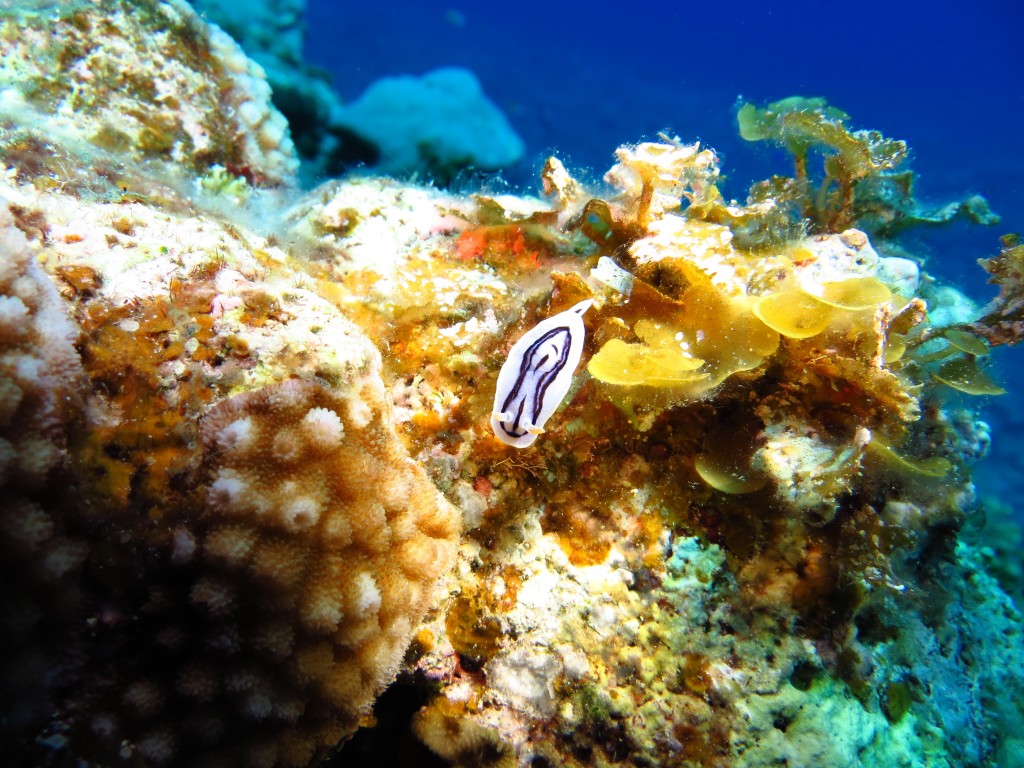
To sum up the sites at Yoronjima, divers can expect colorful fringing reefs, plunging walls and intoxicating blue water. Shallow coral is awash with every manner of fish, making your journey back to the surface all the more bearable.


